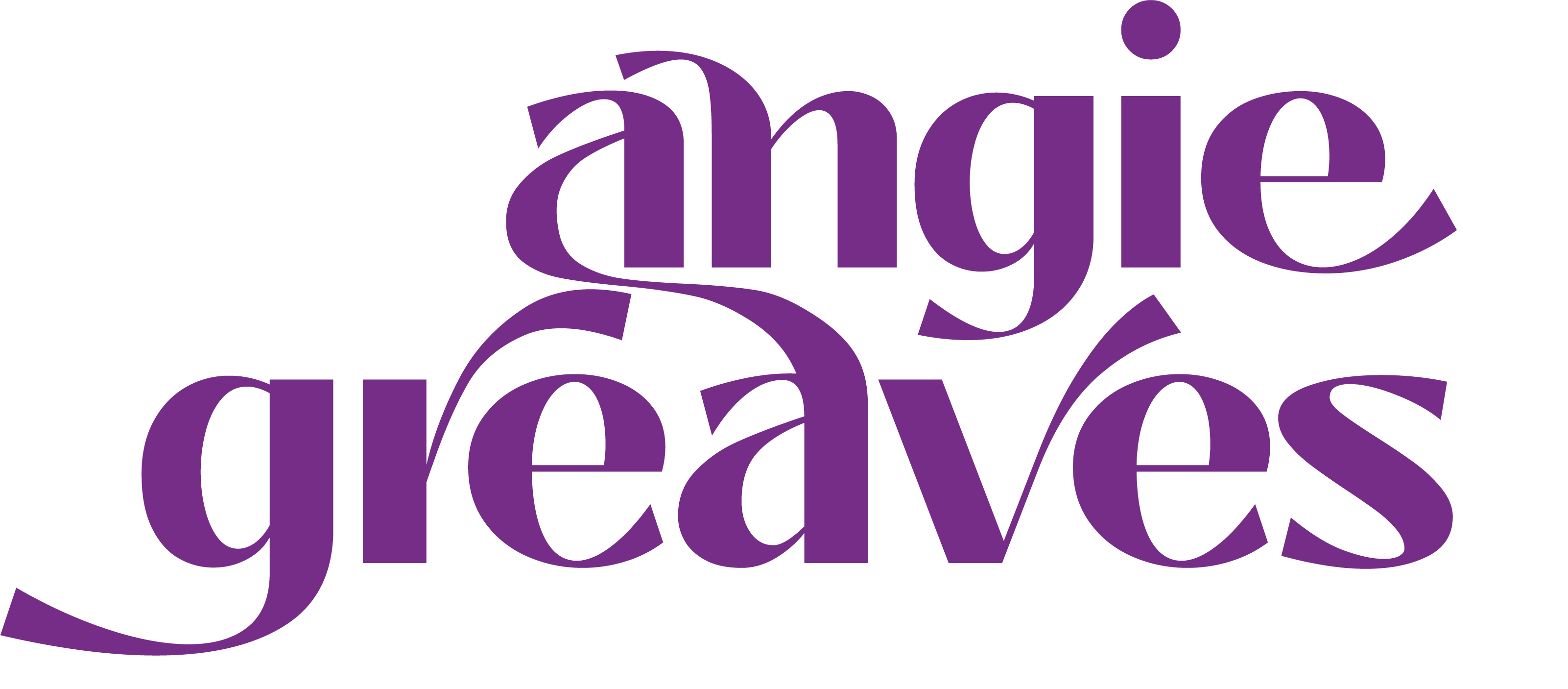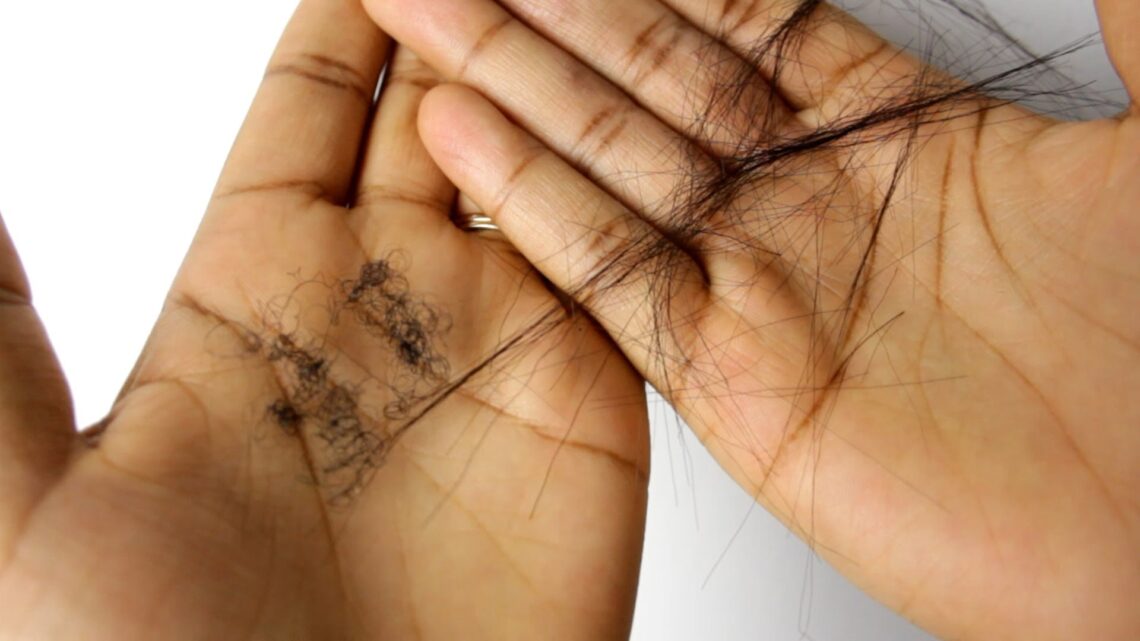…what’s the difference!
Hair breakage is something every woman has dealt with at some point. In fact, it’s her nemesis, the thing she spends most of her hair care related time trying to prevent. The tried and tested solution for breakage is usually a good old dose of protein, whether it is a simple strengthening conditioner or for the more extreme case, a full on keratin based treatment. This often offers a short-term fix to the problem, but what if the original problem wasn’t actually breakage? All too often I get asked how to stop breakage and upon closer investigation discover that the actual culprit is shedding. Protein will NOT stop shedding, in fact, if you try to use protein to stop shedding you could conversely end up causing breakage. This applies to both relaxed and natural hair, though natural hair does not benefit nearly as much from protein treatments as relaxed hair.
In order to differentiate between shedding and breakage, one first needs to understand what each process is. Breakage is when hair strands ‘break’ off at a weak point along the shaft. This weakness can be caused by a multitude of things from chemical over processing, poor hair care, over-manipulation and many of the day-to-day things we do to our hair all in the name of styling. Because the hair loss associated with breakage is caused by a weakness somewhere on the hair shaft, protein treatments can go some way towards minimising breakage by reinforcing the hair shaft and acting as a sort of scaffold. Don’t misunderstand me however, protein CANNOT UNDO damage caused to the hair shaft. It is only a very temporary solution. There is a reason why all those hair adverts (Pantene you know who you are) are very careful to say ‘will improve the appearance of damaged hair’. The only real cure is prevention; find out what’s causing the damage in the first place and stop doing it!!
Shedding on the other hand is an entirely natural part of the hair growth process and can’t really be stopped. Hair follicles grow in a repetitive cycle consisting of three stages. The first is Anagen, which is the growth stage and can last from 3 to 5 years. It is followed by Catagen and signals the end of the active growth phase. Lasting a few weeks, the follicles shrink to about 1/6 of their normal length and the base of the follicles move upwards towards the surface of the skin. The final stage called Telogen is the resting phase of the cycle. During this time the hair does not grow but stays attached to the follicle. This process lasts around 3-4 months and approximately 10-15% of all the hair on your head is in this phase at any one time.
“At the end of the Telogen phase the hair follicle prepares to enter the Anagen phase again. The dermal papilla and the base of the follicle join together again and new hair begins to form. If the old hair has not already been shed the new hair pushes the old one out and the growth cycle starts all over again.” [1]
As you can see, shedding is perfectly normal and is actually a precursor to growing more hair. This is why protein will not help shedding and can in fact contribute to breakage by making hair overly brittle. If however, you find that you are shedding excessively, then I’d advise consulting your GP or a Trichologist. Many health problems manifest first in hair, skin and nails and significant hair loss can be a sign that something is not altogether right with your body. Tea rinses for example, will not stop excessive shedding if you are anaemic, only iron will do that!
On a final note, shed hair can usually be identified by the small white bulb and raised edge on one end denoting the point at which it was attached to your scalp. Broken hairs on the other hand tend to be smooth all the way down, have no bulb and are often short strands as the hair often breaks mid shaft.
[1] http://www.follicle.com/hair-structure-life-cycle.html





























